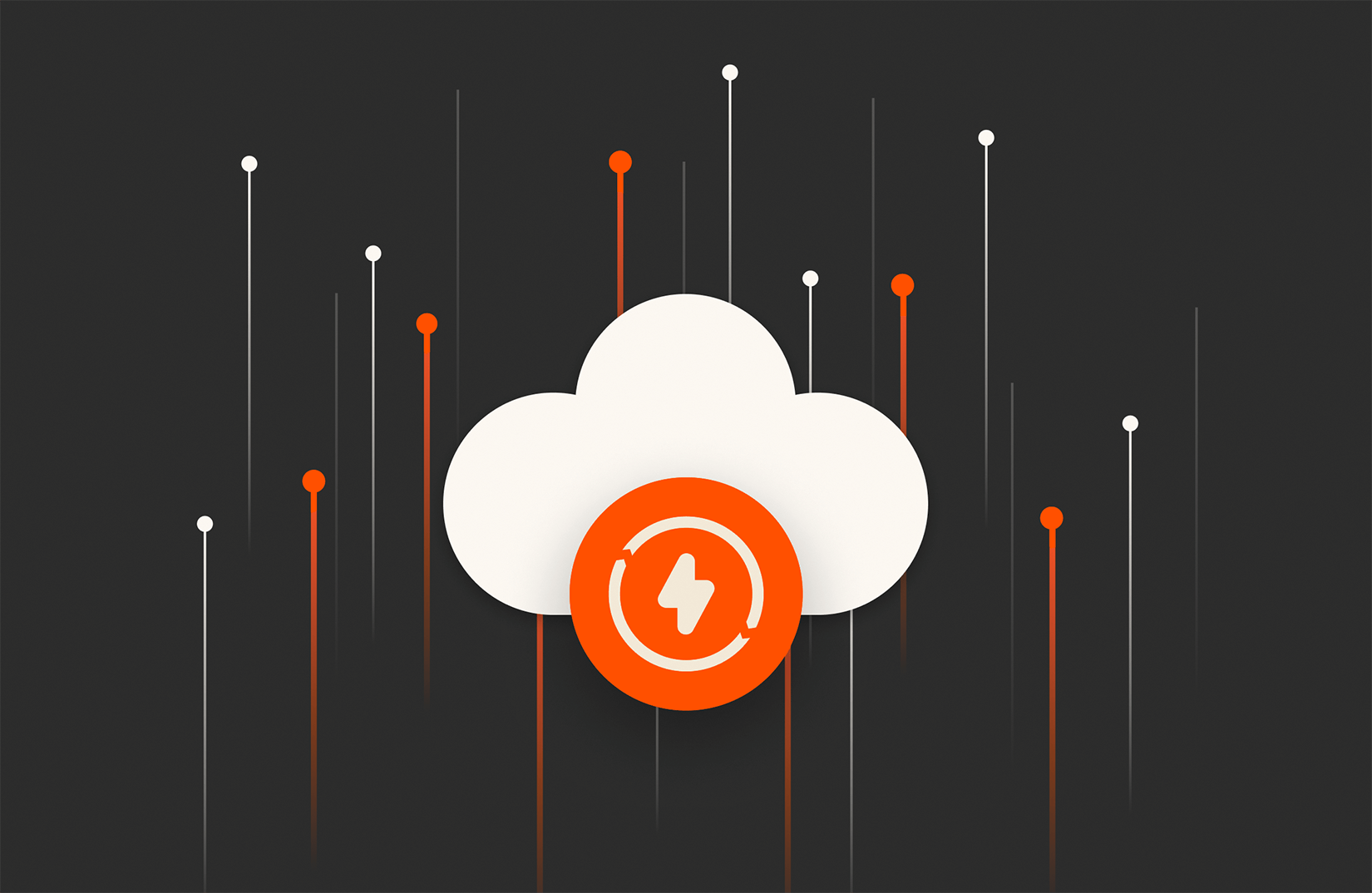As the 2027 deadline looms for enterprises to make the mandated upgrade to SAP S/4HANA, now is the time for SAP customers to modernize their SAP HANA infrastructure to not only meet those demands but also simplify them. FlashArray//X™ and FlashArray//XL are fully TDI certified for SAP HANA workloads.
The Pure Storage FlashArray Model for SAP
While SAP HANA is an in-memory database, application performance is often determined by the data storage infrastructure behind it. The data infrastructure needs to be fast enough to keep up with the application transactions, especially during times of seasonal stress (end-of-quarter, Black Friday, etc…).
FlashArray//X and FlashArray//XL are part of the Pure Storage FlashArray™ family. Built for latency-sensitive databases, FlashArray models are the perfect solution to fit all of the persistent data for SAP HANA databases driving your SAP environment. FlashArray//X is built to handle these demands with industry-leading low latency and high throughput and 40% better overall performance than previous models.
We’ve extensively tested FlashArray//XL to ensure it will meet the demands of a high-transaction SAP HANA environment, such as SAP S/4 HANA. Savepoints will complete quicker and reload times into memory are much faster, allowing for shorter downtime windows. Also, like our other large FlashArray products, customers can include storage class memory in the array to get even more aggressive on data tiering using Native Storage Extension for SAP HANA. As discussed in this IDC white paper, organizations can save SAP HANA license costs with Intel Optane-based Pure DirectMemory™ cache for SAP HANA.
What’s more, Purity operating software delivers enterprise data services with every FlashArray//X at no additional cost. This means our SAP customers get industry-leading data reduction, always-on encryption, space-efficient snapshots, and full fabric support—with continuous, non-disruptive innovation.
Snapshots: A Unique Value-add for SAP HANA
On FlashArray//X (with an effective capacity of up to 3.3PB) and FlashArray//XL (with an effective capacity of 5.78PB,) there’s plenty of room for even the largest SAP HANA databases while also reducing your data center footprint. Both comes with the same snapshot capabilities and data mobility functions that infrastructure teams, and especially application teams, such as SAP BASIS, have grown to love.
These space-efficient snapshots can be automated and embedded in common SAP IT processes to improve efficiencies and keep critical IT environments up and functional. Both have always-on ransomware protection, with SafeMode™ immutable snapshots that secure your data backups by default and prevent any loss.
Green Your SAP Data Center
Like the other members of the FlashArray family, FlashArray//X was designed to be the most planet-friendly storage on the market. Customers have found they can reduce their storage footprint in their data center by up to 85% when they upgrade to Pure Storage. Not only does this save on expensive data center real estate, but it also dramatically reduces spiraling energy costs.

Safeguard Your Data—and Your Business
Ensure effortless business continuity and data recovery.
Get Enhanced SAP Performance and Availability
You wouldn’t put an old engine in your beautiful new fast car. The same goes for infrastructure behind your SAP HANA environment. We’ve extensively tested FlashArray//X and FlashArray//XL to ensure they will meet the demands of a high-transaction SAP HANA environment, such as SAP S/4HANA. Savepoints will complete quicker and reload times into memory are much faster, allowing for shorter downtime windows.
At Pure, we understand that an SAP S/4HANA system is the crown jewel of most customers’ IT assets and at the heart of an organization’s digital transformation strategy. FlashArray//X was built with the same resiliency and availability as past models.
Your ERP cannot go down; therefore, we make sure FlashArray//X and FlashArray//XL, like all our FlashArray products, can be upgraded non-disruptively at full performance without interrupting your business. You can upgrade your FlashArray systems at no cost and without disrupting critical business services through an Evergreen® subscription. With industry-leading availability metrics, pulled directly from our installed base across the globe, we deliver six-, and even seven-nines of availability, to reduce both planned and unplanned downtimes.
Next Steps
With organizations in the planning stages for their giant ERP upgrade projects, now is the time to take the biggest leap forward to scale your business operations and move to a platform that makes management of a critical IT asset like SAP HANA a much easier endeavor.
Learn more about Pure Storage and SAP and FlashArray//X.

Supercharge SAP
Bring next-level performance to SAP HANA and other business-critical applications.







